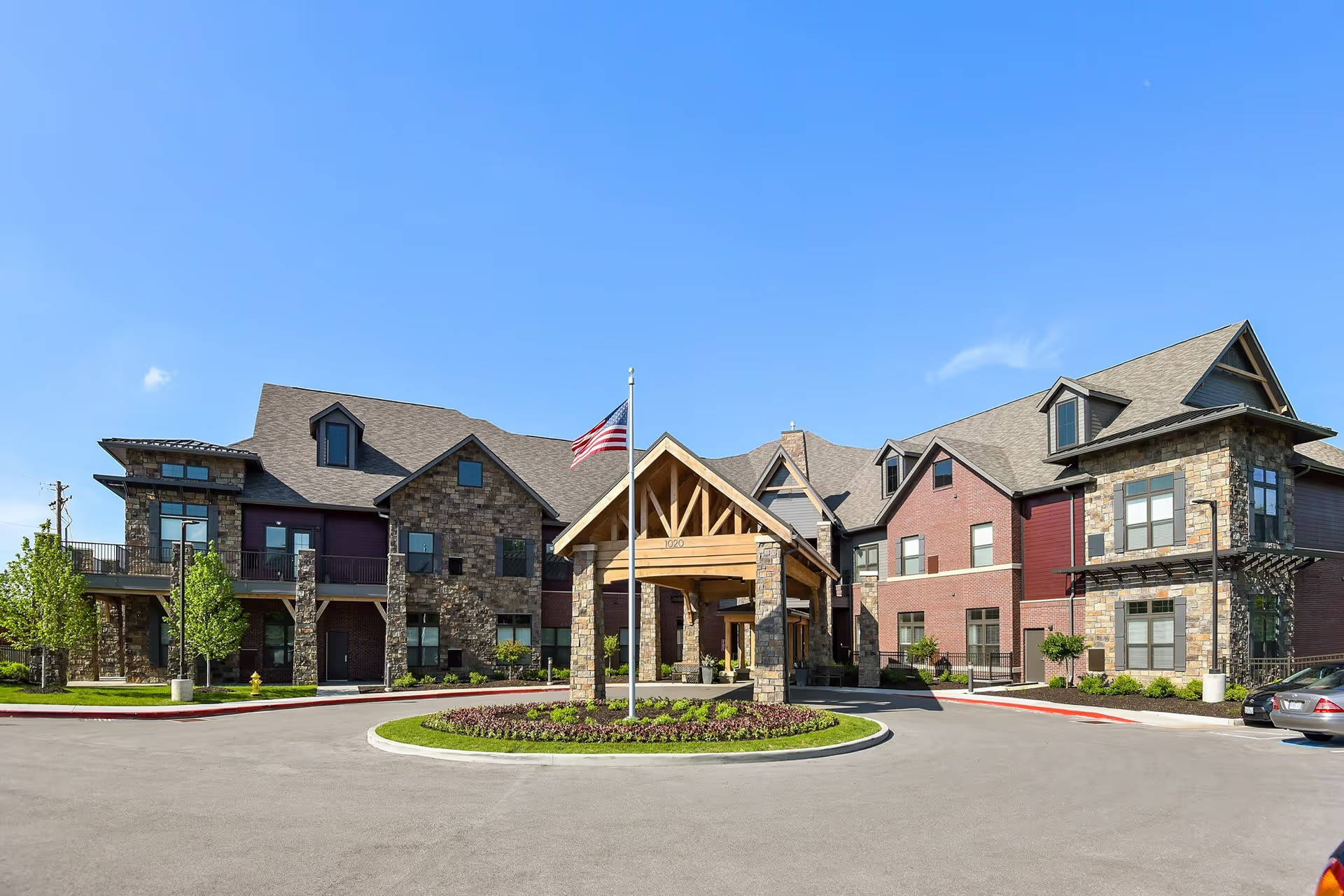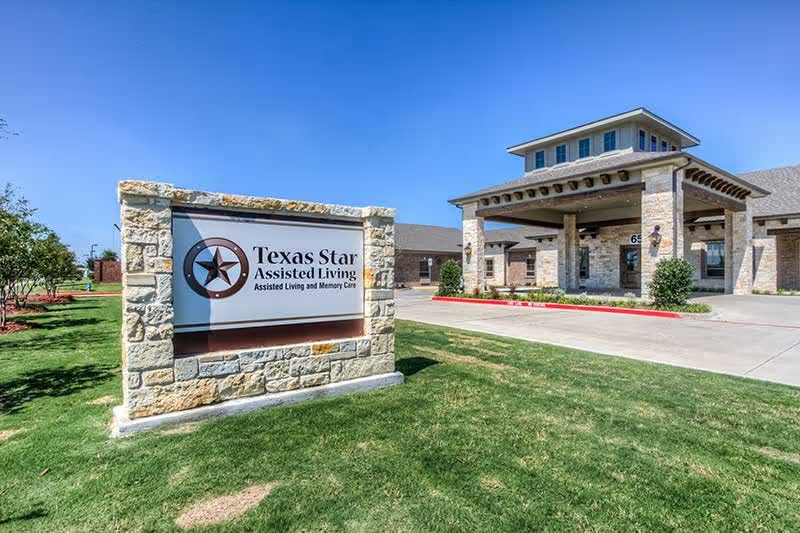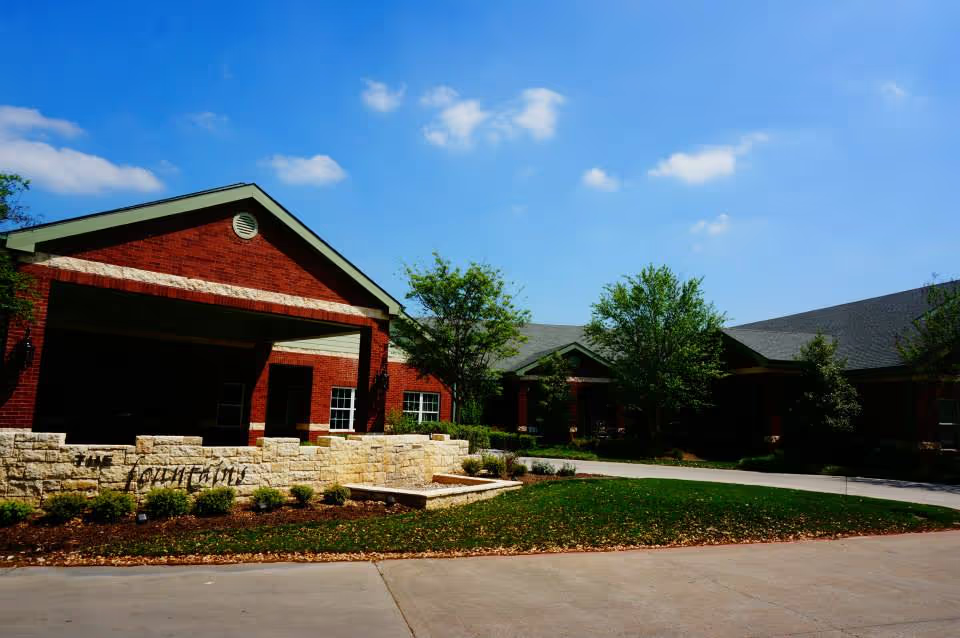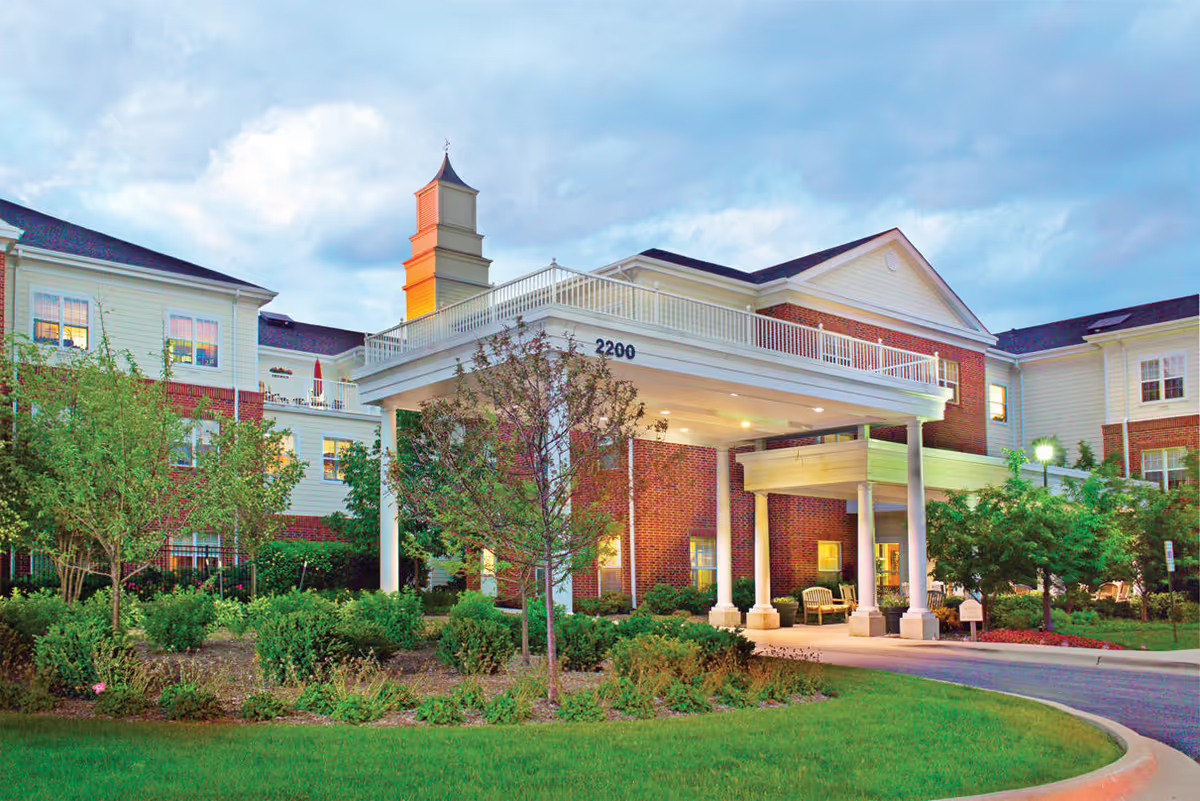Overall sentiment in these reviews is highly polarized, with a strong split between reports of exemplary, attentive care and deeply troubling accounts of neglect, safety lapses, and unprofessional conduct. Several reviewers enthusiastically praised specific clinical strengths—especially wound care, effective physical therapy, positive hospital-to-nursing coordination, and leadership by the director of nursing—saying residents felt relaxed, clean, and were improving under the facility’s care. Conversely, a substantial portion of the reviews describe systemic problems: chaotic operations, overwhelmed staff, and incidents that families characterize as neglectful or dangerous.
Care quality shows a sharp divergence in experiences. On the positive side, reviewers highlight excellent wound management, daily wound improvement, and helpful, effective PT that contributes to resident recovery. Those reviewers report that clinicians work well with hospital teams and that outside physicians noted a good appearance and competent clinical care in some cases. On the negative side, many reviewers describe missed or delayed therapy sessions, failures in basic hygiene assistance (including long waits for bathroom help and missed hygiene care), medication schedule delays and at least one allegation of medication overdose. Some reports recount severe adverse events: dropped food trays, a resident found unconscious and later intubated, a colostomy bag incident, and even allegations that neglect contributed to a death. These reports raise substantive concerns about both routine care reliability and episodic patient safety.
Staff behavior and management practices are recurring themes. Several reviews describe staff as overworked, short-staffed, indifferent, rude, or unprofessional; families report poor responsiveness and a lack of compassion in some interactions. At the same time, other reviewers explicitly call staff “wonderful,” “compassionate,” and “highly recommended,” and single out a top director of nursing and specific staff members for praise. Administrative communication is criticized by multiple families as vague and lacking accountability when incidents occur, which compounds frustration and distrust. The contrast suggests variability in individual staff performance and/or inconsistency across shifts or units.
Facility condition and basic comforts also draw mixed comments. Multiple reviewers note unpleasant odors (urine smell), filthy conditions, garbage and medical supplies left on the floor, and incidents such as trays being mishandled or a urinal left out for hours. These issues feed into criticisms about sanitation and dignity of care. Conversely, some reviews state the facility presented well to outside clinicians and that certain residents were kept clean and healthy. This again points to inconsistent standards or uneven application of housekeeping and infection-control practices.
A notable pattern is the strong emotional tone in many of the negative reviews—words like "nightmare," "disgusting," and "zero stars"—and specific warnings from families urging others not to send loved ones here. These reviews emphasize distrust of staff, safety fears, and the impression that families use the facility only as a last resort. Conversely, other families describe the place as a blessing and highly recommend it. The coexistence of glowing endorsements and dire warnings suggests that experiences vary widely by unit, staff on duty, or timing, and that individual accounts may reflect isolated successes or failures rather than uniform facility performance.
In summary, the reviews collectively present a facility with notable strengths in wound care, rehabilitation (PT), and some highly praised staff and leadership, but also with serious, recurring complaints about neglect, staffing shortages, communication failures, hygiene lapses, and dangerous incidents. The dominant and most serious concerns are safety-related (unconscious resident, intubation, alleged medication problems), poor sanitation, and a perceived lack of accountability from administration. Prospective residents and families should weigh these polarizing experiences carefully, seek specifics about staffing ratios, clinical oversight, wound-care protocols, incident reporting, and recent inspection results, and, if possible, visit in person and speak with current families to evaluate consistency of care.







